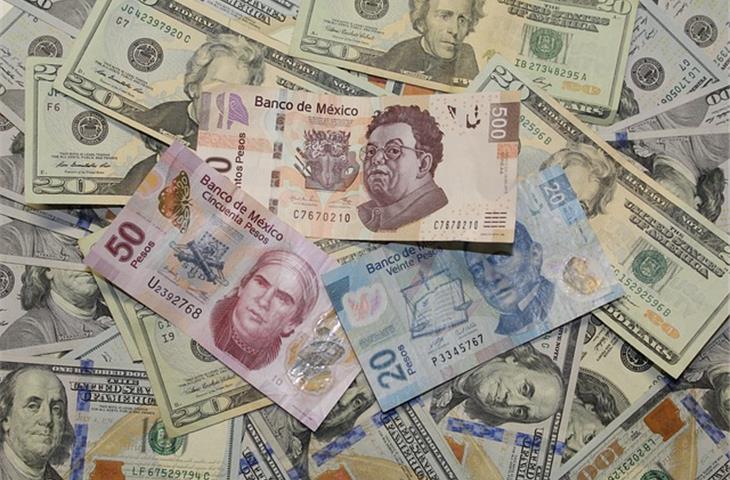As of today, the exchange stature between the Emirati Dirham (AED) and the Philippine Peso (PHP) serves as a critical parameter for transacting monetary exchanges between these entities. The daily Al Ahalia Exchange Rate of the dirham to the Philippine peso emerges as a pivotal measure for corporations, financiers, and individuals. In this discourse, we shall scrutinize the importance of this exchange occurrence, investigate the variables influencing it, and discuss its repercussions for both economies.
1. Real-Time Exchange Rate Monitoring

The paramount requirement for the Al Ahalia exchange rate of the dirham to the Philippine peso pertains to immediate followership. This demand is indispensable for companies and investors to effectuate judicious deliberations concerning currency translations and investment stratagems. Accommodating the most recent exchange quotations, they can diminish prospective loses and amplify prospective profits.
2. Historical Statistical Analysis

Substantial demand also attributes to the scrutiny of historic data to decipher the trends and patterns in the exchange rate. This is particularly crucial for long-term strategic planning and investment decisions. By scrutinizing past exchange rate fluctuations, stakeholders can more accurately forecast future movements and adapt their strategies accordingly.
3. Currency Conversion Facilities

The necessity for dependable currency conversion facilities is another substantial concern. Individuals and enterprises necessitate precise and efficient conversion rates to facilitate international transactions. A credible currency conversion facility can assist them in circumventing superfluous expenditures and ensuring a seamless transaction procedure.
4. Economic Consequences Evaluation
Finally, there is a burgeoning demand for evaluating the economic ramifications of the exchange rate between the Emirati Dirham and the Philippine Peso. This encompasses analyzing how alterations in the exchange rate can influence commerce, investment, and the overarching economic relationship between the two countries.
Let us now examine each of these requirements in depth:
1. Real-Time Exchange Rate Monitoring
Maintaining awareness of the most recently available exchange quotations is imperative for companies and investors. Immediate monitoring empowers them to execute well-informed decisions, mitigate potential losses, and augment prospective profits. The Al Ahalia exchange rate of the dirham to the Philippine peso is a pivotal figure in this regard. By vigilantly observing this rate, stakeholders can discern opportunities and risks within their investment portfolios.
2. Historical Statistical Analysis
Scrutinizing historic data can yield invaluable insights into the trends and patterns of exchange rate fluctuations. This is particularly vital for long-term strategic planning and investment decisions. By comprehending the historical conduct of the Al Ahalia exchange rate of the dirham to the Philippine peso, stakeholders can anticipate future movements and tweak their strategies suitably.
3. Currency Conversion Facilities
Dependable currency conversion facilities are fundamental for individuals and corporations engaging in international transactions. The Al Ahalia exchange rate of the dirham to the Philippine peso is a pivotal determinant in ascertaining the conversion rates. A reputable currency conversion facility can aid stakeholders in sidestepping superfluous expenditures and ensuring a seamless transaction procedure.
4. Economic Consequences Evaluation
The economic impact of the exchange rate between the Emirati Dirham and the Philippine Peso is a considerable concern for both countries. Modifications in the exchange rate can impact commerce, investment, and the overarching economic relationship. By assessing the impact of the Al Ahalia exchange rate of the dirham to the Philippine peso, stakeholders can comprehend the potential consequences of currency fluctuations and implement suitable measures.
In summation, the Al Ahalia exchange rate of the dirham to the Philippine peso is a paramount figure for corporations, investors, and individuals. Real-time monitoring, historical statistical analysis, currency conversion facilities, and economic consequence evaluation are the four primary requirements associated with this exchange rate. By understanding these requirements and their implications, stakeholders can formulate conscientious decisions and traverse the intricacies of the global financial terrain.
